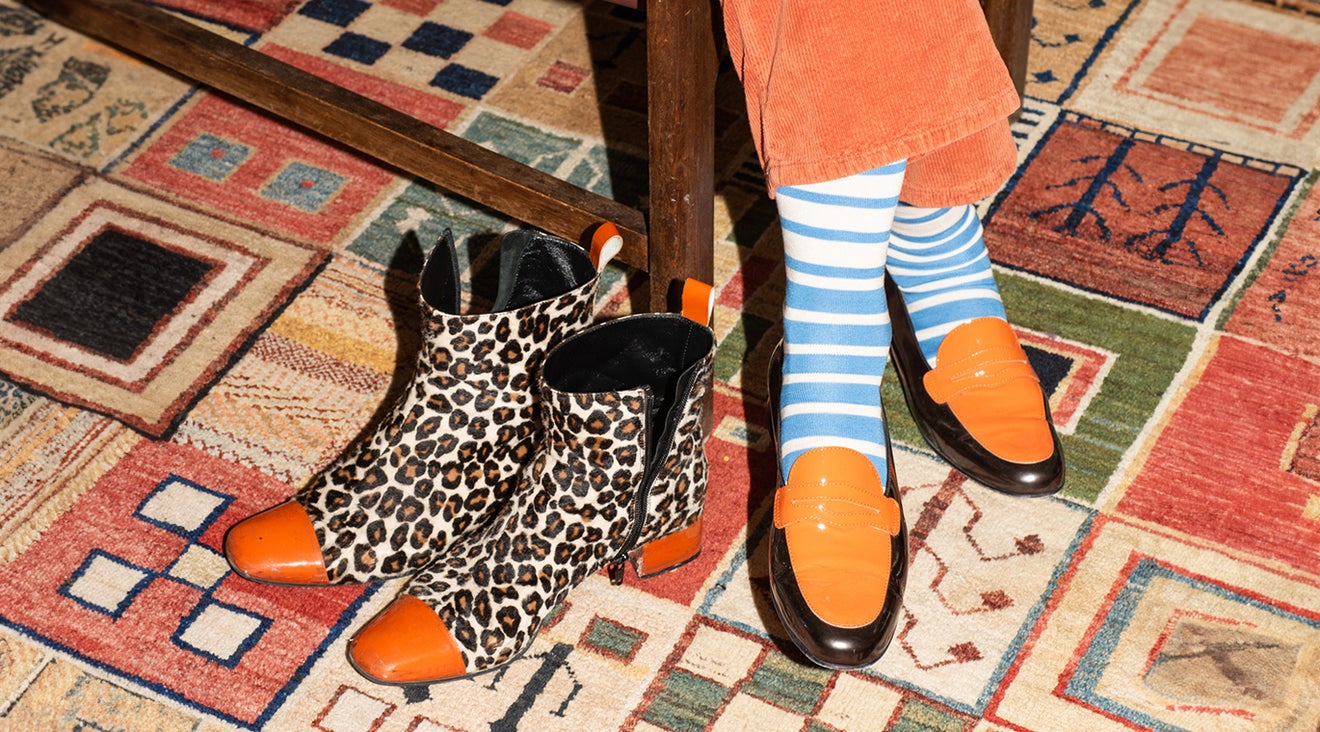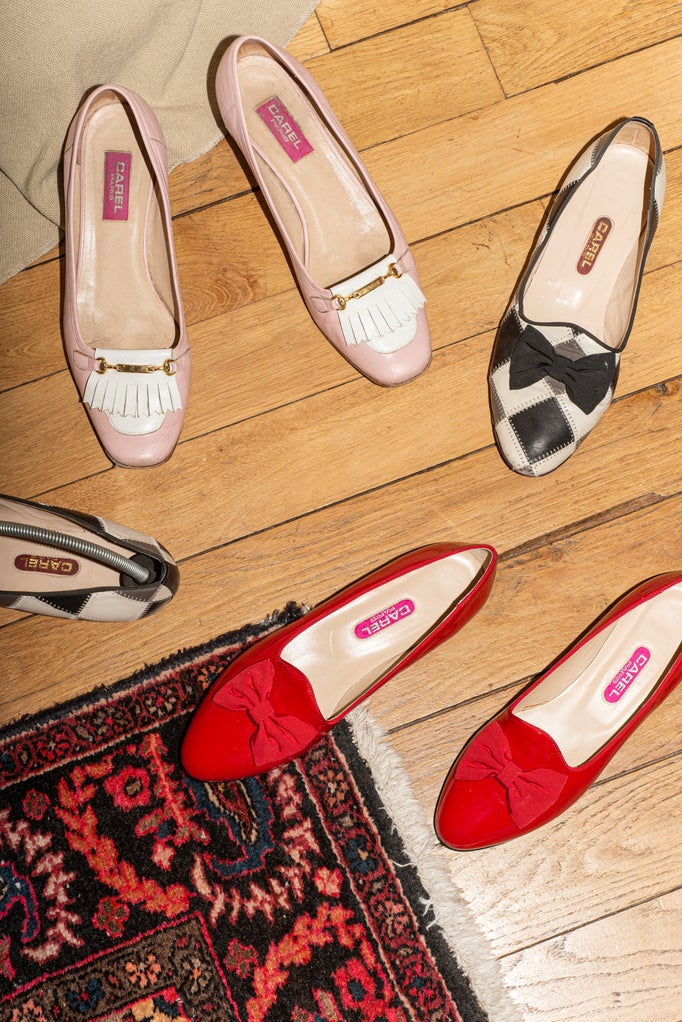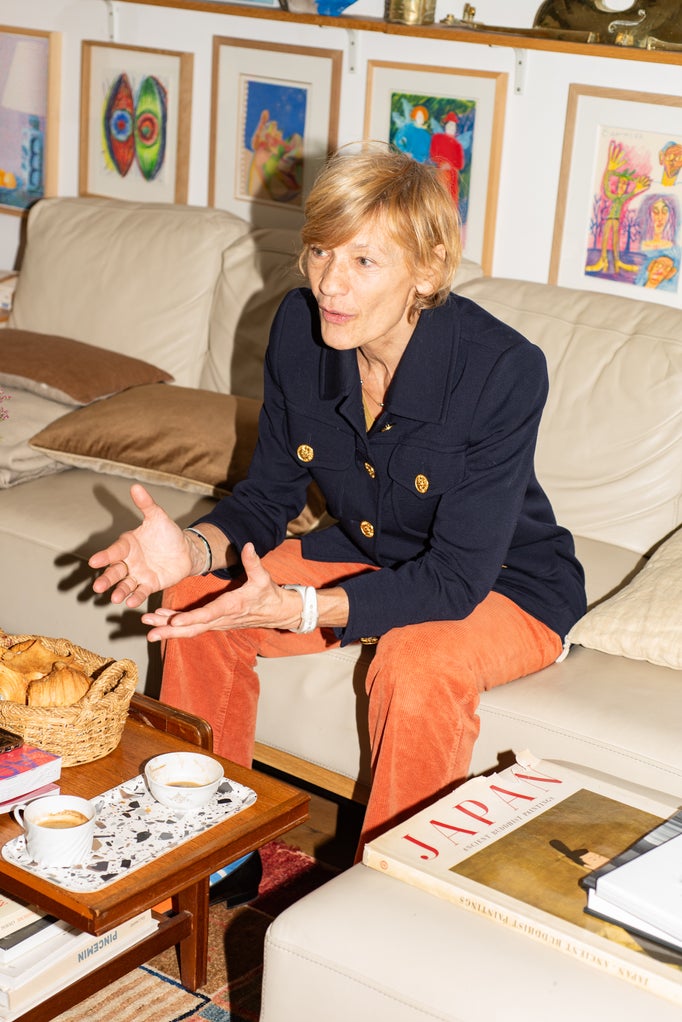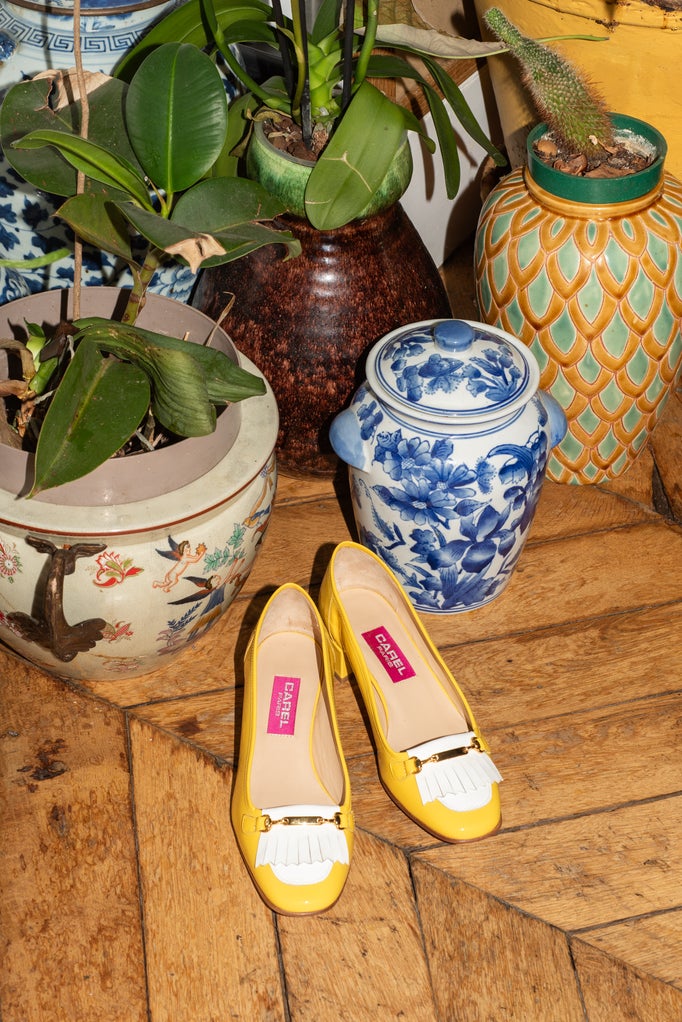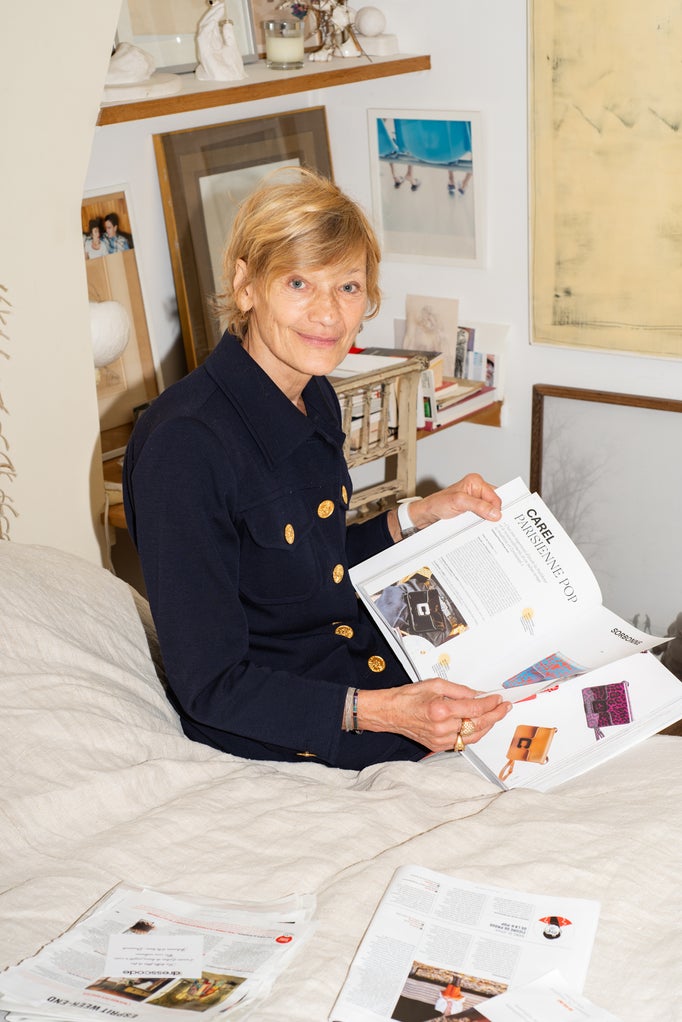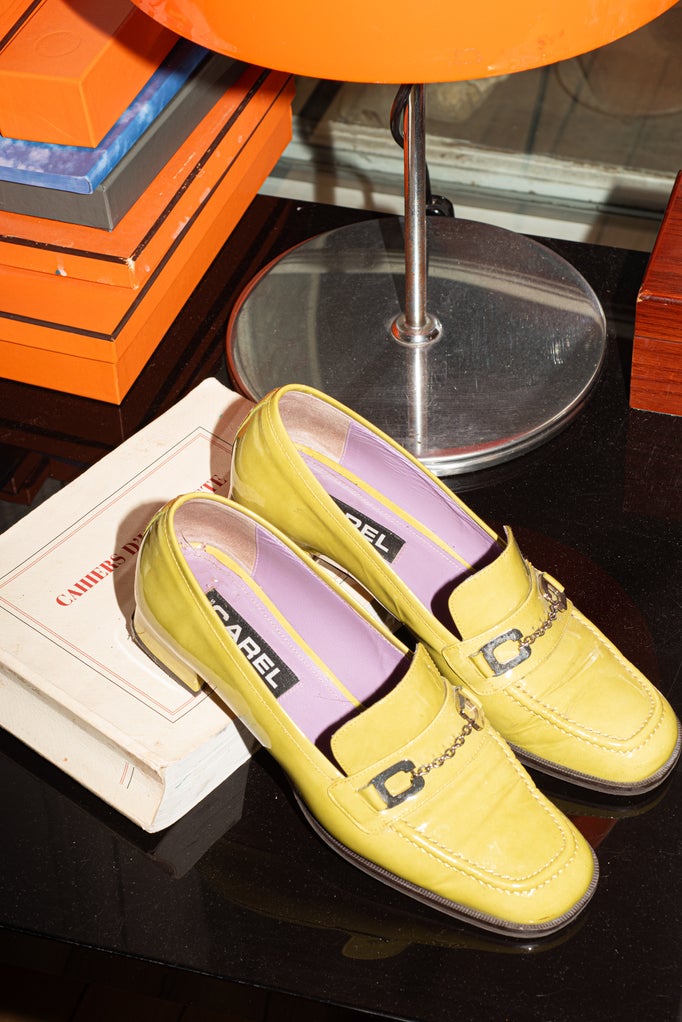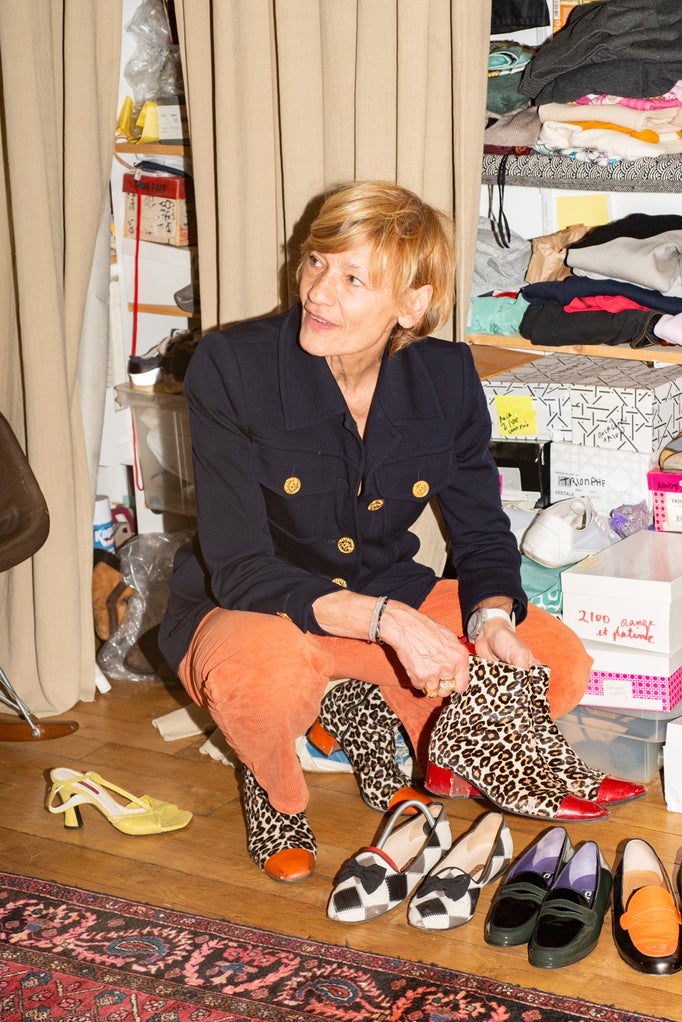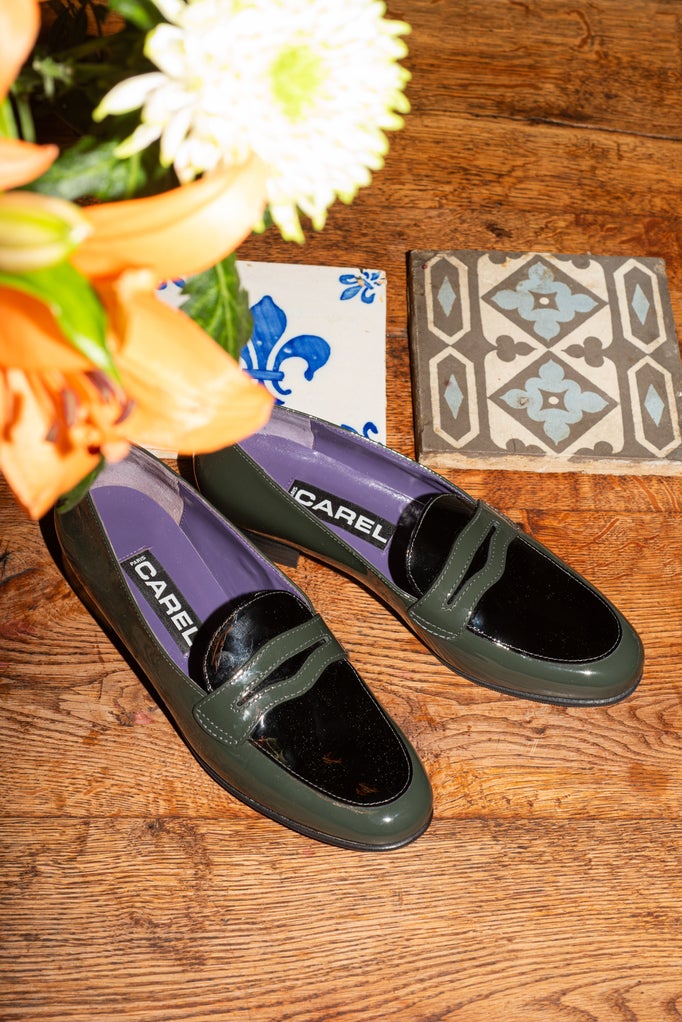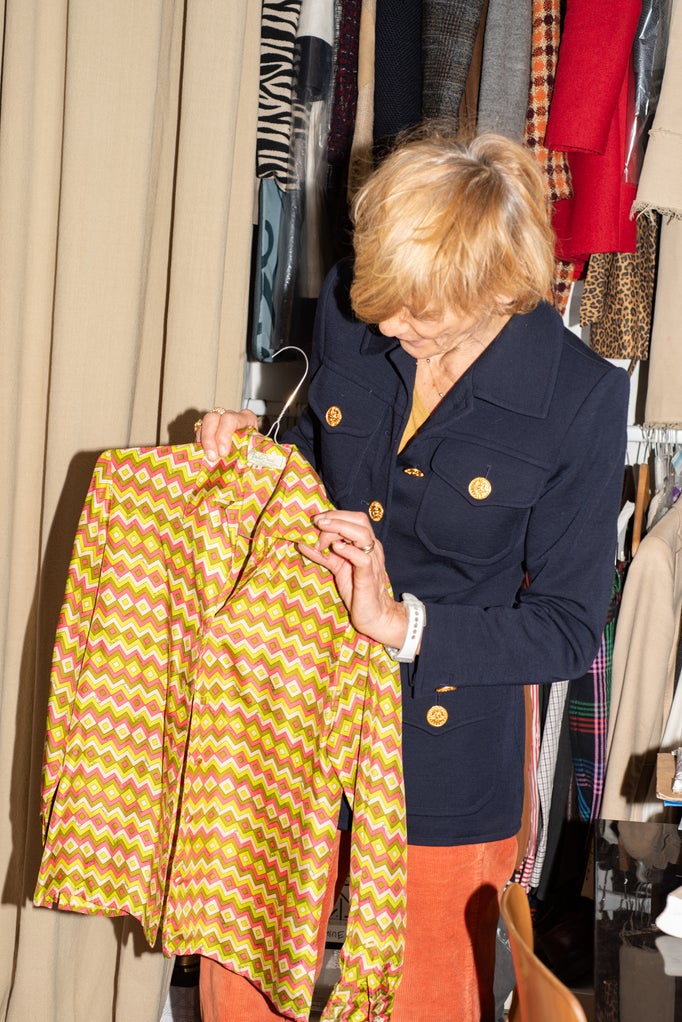You took over Carel in 2011. How did the handover go?
Frédérique : I bought Carel 13 years ago, directly from the family. They didn't want a competitor to take over, they wanted someone different with new ideas. I'd come from L'Oréal, so I didn't know anything about shoes, but I remembered the Carel boutique that I'd seen as a little girl in Grenoble, which had made a big impression on me. I remembered a very pretty brand, well made with quality products. I liked the idea straight away. I really learnt the trade on the job with Michèle Carel, and now Emilie, Georges' granddaughter, who still works with me today. I think they chose me because they liked my vision for the brand. The company was ageing when I took it over, and I wanted to put design back at the centre of the debate. I knew that there were treasures to be unearthed in the archives. Tony, one of the Carel brothers and the most creative, had worked with all the top designers of the day: Jean-Paul Gaultier, Karl Lagerfeld, Jean-Charles de Castelbajac, Thierry Mugler and others. They made the shoes for their fashion shows. So there were gold mines in the brand's archives! So when I took over the brand, we worked really hard, but we had all the foundations we needed to succeed: a fine established brand with a fine history and well-made products from historic suppliers in Italy. All that was missing was some new energy and fresh blood.
How does the creative process work at Carel?
Frédérique : With Hubert Canard, the creative director, we talk a lot. We draw a lot of inspiration from the brand's archives, but also from everything we can find. Vintage and history play a central role. There are 3 main sources of inspiration. The first is the vintage Carel pieces that we actually own. In our outlet boutique "Sabotine" there were over 15,000 pairs of shoes of all kinds, straw shoes, spartan shoes, incredible things that are often impossible to import! Secondly, the images and press of the time. Firstly, all the Carel campaigns by Jean Loup Sieff, who did all the Carel advertising campaigns for over 20 years. But also press articles from the 60s and all the best-selling pairs photographed over the years. Finally, the last source of inspiration is the drawings, by Jean Paul Gaultier for example, that we find in the archives. Sometimes it's just a line, but you can see the creative intent behind it.
What is the current model that came out of this research?
Frédérique : The Kina was born out of this creative process! Contrary to popular belief, our famous Babies Kina is a very recent model, we brought it out 6 or 7 years ago. It's simply a model that has THE Carel grammar: small Cuban heel, very stable and wide, Georges Carel straps, pop colours and varnish. It was a journalist from Elle who told us one day, totally by chance, about a model of Carel babies, so we took a closer look. Emilie and I went to see the factories in Italy with a very precise idea of what we wanted and we perfected the model with them until we found the perfect combination. At first the model worked well, but it was only after 2 or 3 years that we realised it was THE model that would mark the brand's revival. Then Alexa Chung fell in love with the model, and everything accelerated. She even wore her Carels to the Chanel catwalks! The model was a phenomenal success, even in Asia, where KOLs (Key Opinion Leaders) snapped them up.


